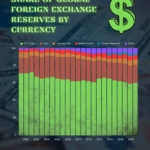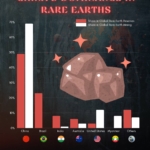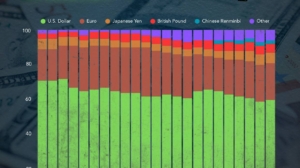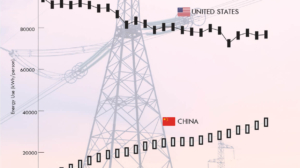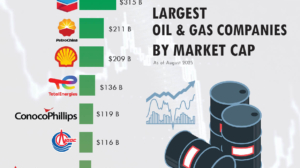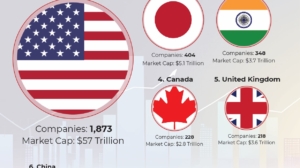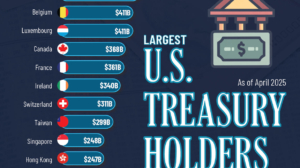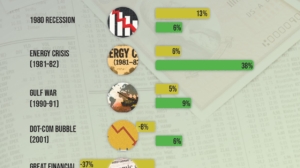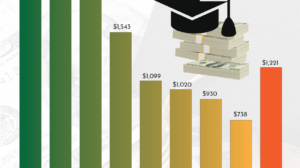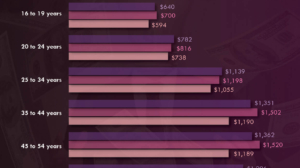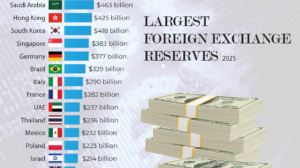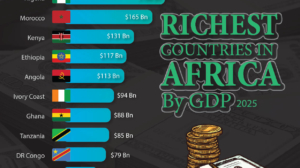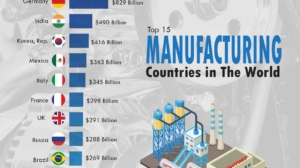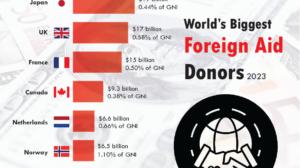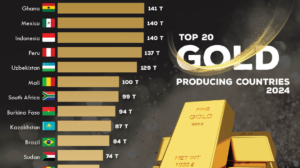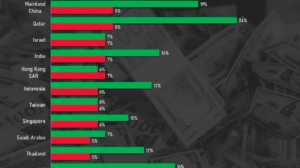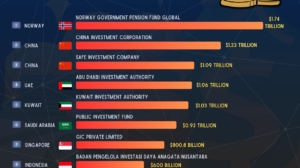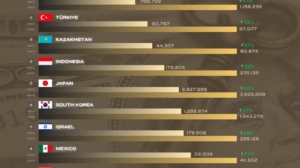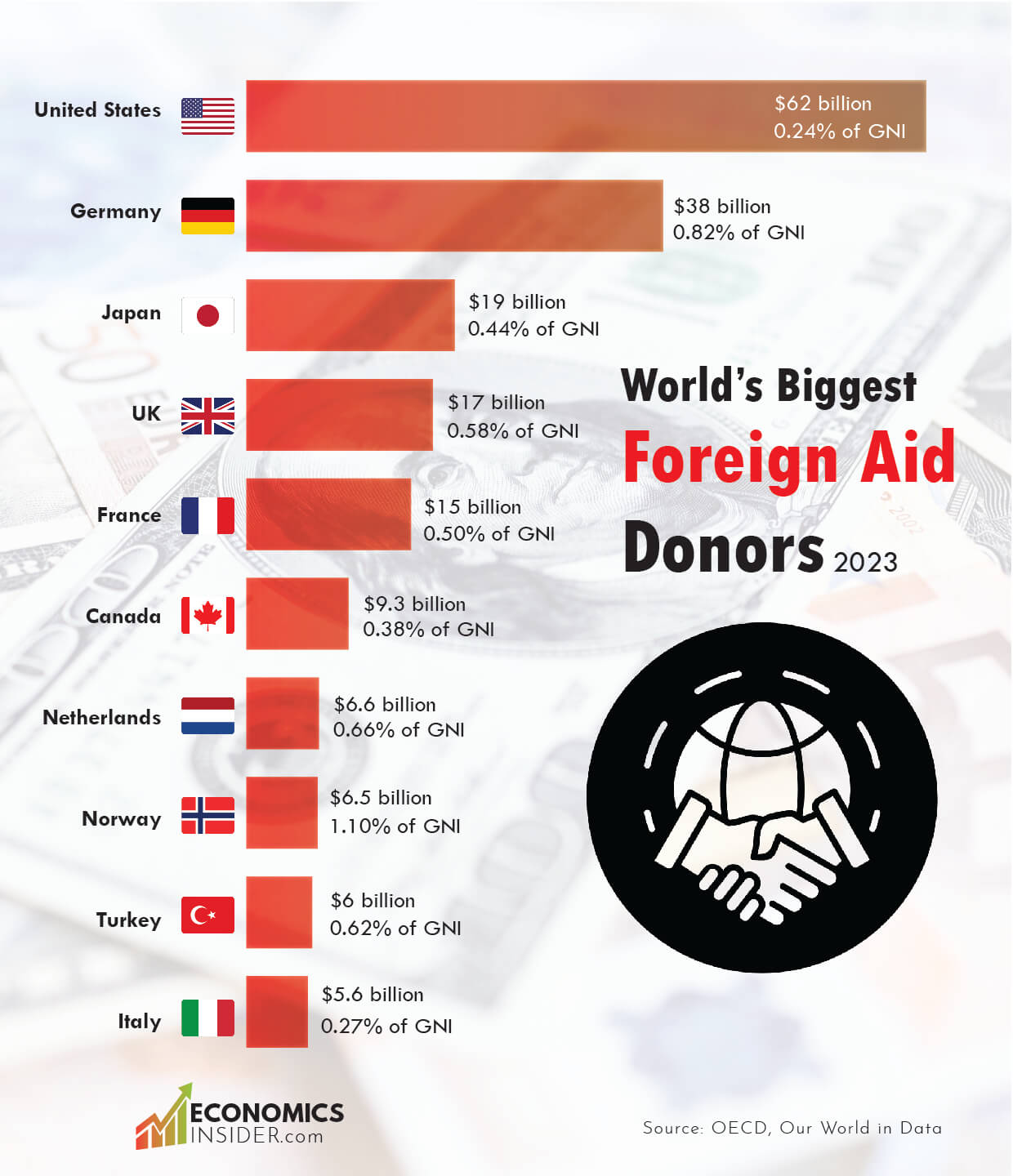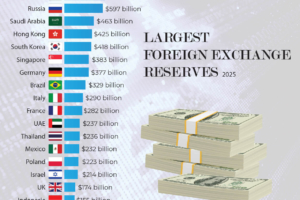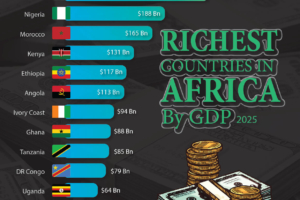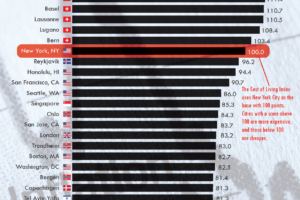Every year, many rich countries provide foreign aid to poorer countries to support health, education, food, and other programs. This is called foreign aid or official development assistance (ODA). According to OECD, in 2023, some countries gave very large amounts of aid. The United States gave the most money in total, while smaller countries like Norway gave more when compared to the size of their national income. In 2023, official donors gave more international aid than ever before, reaching USD 223.7 billion, up from USD 211 billion in 2022.
Foreign aid plays an important role in global health, development, and stability. The United Nations set a target that rich countries should give 0.7% of their GNI. But in 2023, the average across all donor countries was only about 0.37%. Only a few countries like Norway, Germany, Luxembourg, and Sweden met or passed the target.
Key Takeaways
- The United States gave the highest amount of foreign aid at $62 billion. However, it gave a smaller share than most other countries when compare to the size of economy.
- Countries like Germany and Norway gave less in dollar amounts but much more in proportion to their size of economy.
The Biggest Foreign Aid Donors
The following table shows the ten countries that gave the most foreign aid in 2023.
| Country | Foreign Aid in 2023 (US$) | Share of GNI (%) |
|---|---|---|
| 🇺🇸 United States | $62 billion | 0.24% |
| 🇩🇪 Germany | $38 billion | 0.82% |
| 🇯🇵 Japan | $19 billion | 0.44% |
| 🇬🇧 United Kingdom | $17 billion | 0.58% |
| 🇫🇷 France | $15 billion | 0.50% |
| 🇨🇦 Canada | $9.3 billion | 0.38% |
| 🇳🇱 Netherlands | $6.6 billion | 0.66% |
| 🇳🇴 Norway | $6.5 billion | 1.10% |
| 🇹🇷 Turkey | $6 billion | 0.62% |
| 🇮🇹 Italy | $5.6 billion | 0.27% |
Source: OECD, Our World in Data
The United States: The Largest Donor
The United States gave around $62 billion in foreign aid in 2023, making it the biggest donor in the world. However, when we look at the share of national income, the U.S. only gave about 0.24%, which is the smallest proportion among the top ten countries. In simple words, America gave more money than anyone else, but when compared to its huge economy, it gave relatively little.
Most U.S. foreign aid is managed by an agency called USAID, short for the United States Agency for International Development. It was set up in 1961 and has since led America’s aid work around the world. In 2023, USAID handled over $40 billion for development and humanitarian projects.
USAID works on health programs like vaccines and HIV/AIDS treatment, supports farming, and helps countries deal with climate change. It also partners with local groups, NGOs, and international organizations to deliver aid directly to people.
In 2023, the single largest recipient of U.S. foreign aid was Ukraine, which got about $16.6 billion to help with its war and recovery. Other large recipients were Israel, Jordan, Egypt, and Ethiopia Much of this money went to health programs, food, emergency relief, and support for governance.
Other Major Donors
Germany
Germany was the second-largest donor in 2023, giving $38 billion in foreign aid. That was equal to 0.82% of its GNI, which is more than three times the U.S. level. Germany manages aid through its Federal Ministry for Economic Cooperation and Development (BMZ), focusing on climate, education, health, and infrastructure in developing countries
Japan, United Kingdom, and France
Japan gave around $19 billion in 2023, which was about 0.44% of its GNI. Japan’s aid often supports infrastructure projects, economic development, and health systems in Asia and Africa.
The United Kingdom gave about $17 billion, which equaled 0.58% of its GNI. UK aid has traditionally focused on humanitarian relief, poverty reduction, and education.
France gave around $15 billion in aid, or about 0.50% of its GNI, with a strong focus on Africa, health, and development partnerships.
Some smaller countries stand out for their generosity. Norway gave $6.5 billion, which was 1.10% of its GNI, making it one of the most generous countries in the world relative to its size. The Netherlands gave $6.6 billion (0.66% of GNI), Turkey gave $6 billion (0.62%), and Canada gave $9.3 billion (0.38%).
These countries often go beyond just writing checks. They work closely with international agencies like the United Nations and World Bank, focusing on human rights, local development, and global health.
Why Foreign Aid Matters
Foreign aid is not only charity. It helps poor nations survive disasters, build hospitals, open schools, and improve farming. By doing this, it makes the world safer and healthier. Stable and developed countries are less likely to fall into wars or refugee crises. This also benefits donor countries, as it creates more opportunities for trade and cooperation.
For example, U.S. aid programs against HIV/AIDS have saved millions of lives in Africa. German and Norwegian climate programs have helped countries prepare for floods and droughts. Aid can make a very real difference in people’s lives.
The Challenges of Foreign Aid
Even though foreign aid is important, it also faces problems. Sometimes money is not used well or gets lost in corruption. In other cases, aid makes countries dependent instead of encouraging them to stand on their own. Political conditions also play a role. For example, donors may use aid to push their own policies, which reduces trust.
Additionally, when rich countries cut aid budgets because of politics or economic problems, it creates crises for poorer nations that rely on this help. For example, reductions in U.S. aid in the past had big impacts on African health programs.
Conclusion
Foreign aid is an important part of our connected world today. The United States gives the most money overall, but countries like Norway, Germany, and the UK give more when compared to the size of their income. Aid helps countries reduce poverty, recover after wars, and deal with climate change. For it to really work, it must be clear, well-managed, and based on the needs of local people.

